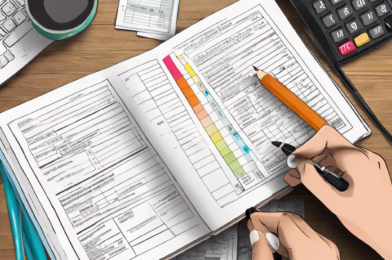Saving money is a priority for many of us, especially when it comes to our regular bills. While some costs are fixed, others present an opportunity to negotiate and reduce our overall expenses. So, how can you become a pro at negotiating your bills and saving money?
First, identify which bills have room for negotiation. These often include services such as internet, cable TV, phone plans, insurance, and subscriptions. Gather your recent statements and analyze your usage patterns and current rates. Are you paying for features or services you don’t use? Could you reduce costs by adjusting your plan or usage? Knowing your options is key to successful negotiation.
Research alternative providers and their offerings. Sometimes, simply being aware of competitive rates and promotions can strengthen your position. Look for introductory deals or loyalty bonuses that you could use as a benchmark for requesting a better rate from your current provider. It pays to be informed, and companies will often match deals to retain customers.
Timing is everything when it comes to negotiating. Keep an eye out for seasonal promotions, as companies tend to offer deals at certain times of the year to attract new customers. Additionally, be mindful of contract renewal periods. Negotiating just before your contract ends can give you more leverage, as the company will be keen to keep your business.
When negotiating, be polite and respectful. Building a rapport with the customer representative can go a long way. Explain your situation and emphasize your loyalty as a customer. Provide specific examples of competitor offerings, and ask if they can match those deals. You could also request waivers for certain fees or additional benefits, such as a faster internet speed at the price of the lower tier.
If you’re negotiating with your internet, phone, or cable provider, consider combining services with the same company. Often, they will offer bundle deals that provide cost savings. Similarly, look for package deals with insurance providers, covering multiple aspects such as home, auto, and life insurance.
Don’t be afraid to ask for more if the initial offer doesn’t meet your expectations. Negotiating is a back-and-forth process, and you may need to make concessions, but always keep your bottom line in mind. Finally, get any agreement in writing, ensuring you understand the terms and conditions, including the duration of the negotiated rate.
Saving money on your bills is empowering, and with a little preparation and persistence, you can become a pro at negotiating like a journalist at The Washington Post and BuzzFeed News. Remember, knowledge is power, so do your research, time your negotiations well, and don’t be afraid to ask for a better deal. Happy saving!






